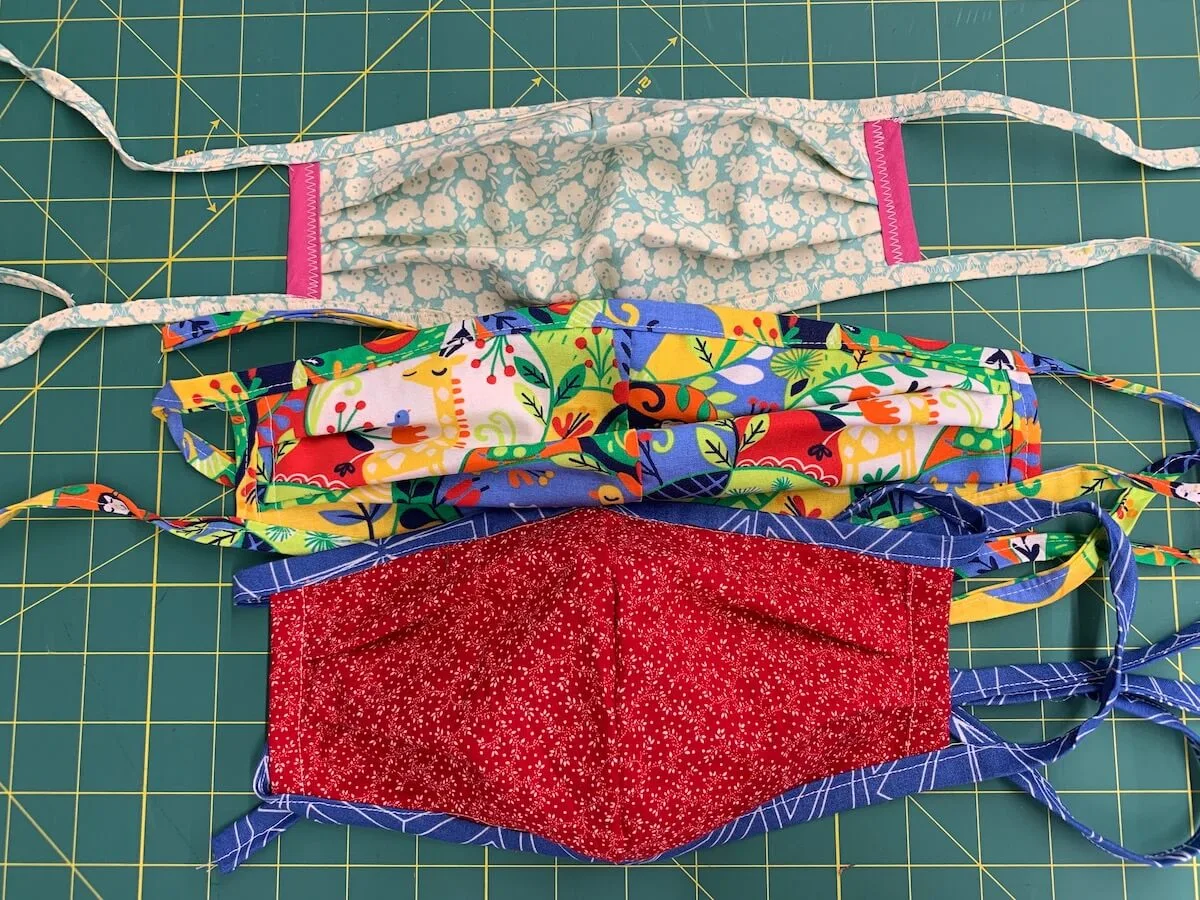
#image_title
#image_title
CDC also advises the use of simple cloth face coverings to slow the spread of the virus and help people who may have the virus and do not know it from transmitting it to others.
A mask is not worth wearing if it does not fit properly. Cloth face coverings should fit snugly against the side of your face, be secured with ties or ear loops, include multiple layers of fabric, allow for easy breathing and be washable and machine dried without changing its shape.
Click here to watch U.S. Surgeon General Dr. Jerome Adams demonstrate how to make a mask from a T-shirt.
The cloth face coverings recommended are not surgical masks or N-95 respirators. Those are critical supplies that must continue to be reserved for healthcare workers and other medical first responders, as recommended by current CDC guidance.
The CDC also recommends that everyone wear cloth face coverings when leaving their homes, regardless of whether they have fever or symptoms of COVID-19. This is because of evidence that people with COVID-19 can spread the disease, even when they don’t have any symptoms. Cloth face coverings should not be placed on young children under age 2, anyone who has trouble breathing, or is unconscious, incapacitated, or otherwise unable to remove the mask without assistance.
CDC also advises the use of simple cloth face coverings to slow the spread of the virus and help people who may have the virus and do not know it from transmitting it to others. Cloth face coverings fashioned from household items or made at home from common materials at low cost can be used as an additional, voluntary public health measure.
Tips when applying and removing a cloth mask:
- Avoid touching your face as much as possible.
- Keep the covering clean.
- Clean hands with soap and water or alcohol-based hand sanitizer immediately, before putting on, after touching or adjusting, and after removing the cloth face covering.
- Don’t share it with anyone else unless it’s washed and dried first. You should be the only person handling your covering.
- Laundry instructions will depend on the cloth used to make the face covering. In general, cloth face coverings should be washed regularly (e.g., daily and whenever soiled) using water and a mild detergent, dried completely in a hot dryer, and stored in a clean container or bag.
Politics

6 terrifying things that could happen if the Comstock Act is used to target abortion
Does 1873 sound like a really, really long time ago? Well, that’s because it is—but if Republicans and far-right anti-abortion activists have their...

Opinion: Many reasons why young adults should refuse to let Republicans kill the Affordable Care Act
In this op-ed, University of Wisconsin Medical School student, Samantha Crowley, shares the importance of young adults protecting the Affordable...
Local News

Stop and smell these native Wisconsin flowers this Earth Day
Spring has sprung — and here in Wisconsin, the signs are everywhere! From warmer weather and longer days to birds returning to your backyard trees....

Your guide to the 2024 Blue Ox Music Festival in Eau Claire
Eau Claire and art go hand in hand. The city is home to a multitude of sculptures, murals, and music events — including several annual showcases,...




